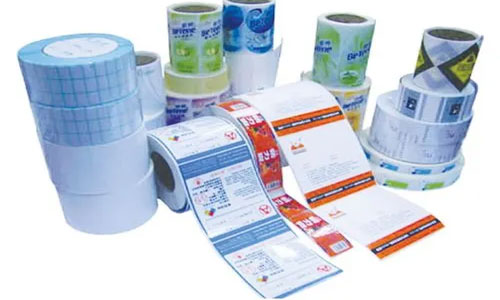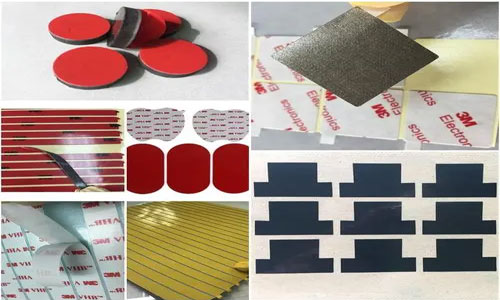Fishpaper, thermal, and fiberglass are three common materials used in various industries, and die cutting techniques can be employed to shape and process them. Here's a look at die cutting techniques and applications for each of these materials:

1. Fishpaper:
- Fishpaper, also known as vulcanized fiber, is a durable and flexible material made from cotton or cellulose fibers.
- Die cutting is commonly used to cut fishpaper into specific shapes and sizes for applications such as electrical insulation, gaskets, washers, and spacers.
- Since fishpaper is an electrical insulator, die cutting is crucial for creating precise components that can provide insulation in electronic devices and equipment.
2. Thermal Materials:
- Thermal materials, such as thermal pads or gap fillers, are used for heat management in electronic devices and systems.
- Die cutting is employed to create custom shapes and sizes of thermal materials to fit specific components or areas requiring heat dissipation.
- The die cutting process ensures accurate and consistent cuts, enabling the thermal materials to provide effective thermal conductivity, insulation, and protection in electronic assemblies.
3. Fiberglass:
- Fiberglass is a versatile material used in industries like automotive, aerospace, construction, and electronics.
- Die cutting is used to shape fiberglass into components such as gaskets, seals, insulation, and reinforcement materials.
- Fiberglass is often combined with other materials like adhesives, foams, or coatings, and die cutting allows for precise integration and assembly of these composite materials.
- The die cutting process also facilitates the creation of complex shapes and intricate patterns in fiberglass components.

Die cutting techniques used for these materials typically involve using specialized dies and cutting tools that are designed to handle their specific properties and thicknesses. The die cutting process can be performed manually or using automated machinery, depending on the volume and complexity of the production.
In addition to shaping the materials, die cutting can also include processes like kiss cutting (cutting through the material without cutting the backing), perforating (creating a series of small holes), or scoring (creating partial cuts for folding or bending).
Overall, die cutting techniques enable efficient and precise fabrication of fishpaper, thermal materials, and fiberglass, making them suitable for a wide range of applications in various industries.
Here are the topics that we’ll cover in this complete guide Rotary Die Cutting in Industrial Applications Section 2: Categories of Materials in Die Cutting:
2.1 Plastics: Types, Applications, and Die Cutting Considerations
2.2 Non-Metallic Materials: Characteristics and Die Cutting Applications
2.3 Medical Supplies: Die Cutting Challenges and Solutions
2.4 Paper Products: Die Cutting Techniques and Applications
2.5 Neoprene, Film, and Vinyl: Die Cutting Techniques and Applications
2.6 Automotive Components: Die Cutting Solutions for Efficient Production
2.7 Electronics: Die Cutting for Precision and Performance
2.8 Non-Wovens: Die Cutting Techniques for Enhanced Efficiency
2.9 Chipboard, Foil, and Corrugated Materials: Die Cutting Considerations
2.11 Digital Substrates: Die Cutting for Advanced Printing Technologies
Contact: Pamela
Phone: +86 189 6365 3253
E-mail: info@industryprocess.com
Whatsapp:+86 189 6365 3253
Add: Yajing Industrial Park, No. 59 Shuangjing Street, Weiting Town, Suzhou Industrial Park
We chat
